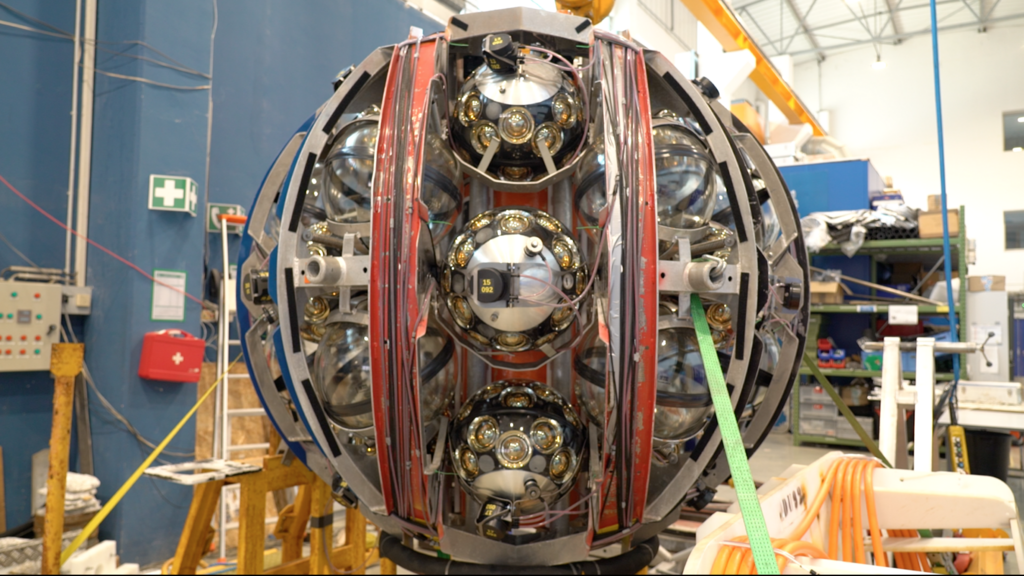
Two enormous telescopes are currently being constructed deep beneath the Mediterranean Sea, off the coasts of France and Italy, with the ambitious goal of detecting one of the universe’s most elusive particles: the neutrino.
Neutrinos are sometimes called “ghost particles.” They have almost no mass, carry no electric charge, and rarely interact with anything at all. Trillions of them pass through your body every second without leaving a trace. Catching even one requires a detector on an extraordinary scale — which is exactly what researchers in the KM3NeT project are creating.
“These are very different types of telescopes,” explained Paschal Coyle, spokesperson for KM3NeT and research director at the Marseille Particle Physics Centre. “Normal telescopes look up at the sky and collect light. Our telescopes look down through the Earth to detect neutrinos. From the Mediterranean, our best view is actually of the sky above Australia — seen through the planet itself.”
France takes record for longest lightning bolt
Two detectors are under construction:
-
ORCA, near Toulon, France, sits 2.5 kilometers underwater. It will help scientists study how neutrinos change from one type to another as they travel through space.
-
ARCA, off the coast of Sicily, Italy, is even deeper at 3.5 kilometers. Its mission is to hunt for neutrinos from extreme cosmic events such as exploding stars, colliding galaxies, or black holes.
Each telescope is built from long strings holding hundreds of glass spheres. Inside the spheres are ultra-sensitive photodetectors that can spot the tiniest flash of light.
“When a neutrino finally collides with matter, it creates a charged particle that gives off a burst of blue light in the water,” Coyle said. “Our detectors are sensitive enough to catch that flash.”
Earlier this year, the ARCA detector captured the highest-energy neutrino ever observed — a sign of just how powerful this new tool may become. By mapping where these ghostly particles come from, scientists hope to uncover the sources of cosmic rays and gain new insights into some of the most energetic processes in the universe.
World’s first zero-particle ship sets sail in the Mediterranean
For now, the telescopes are still being built, but their promise is enormous. By listening for whispers of light deep under the sea, scientists may soon unlock secrets written across the cosmos — carried to Earth by particles that almost never leave a trace.







